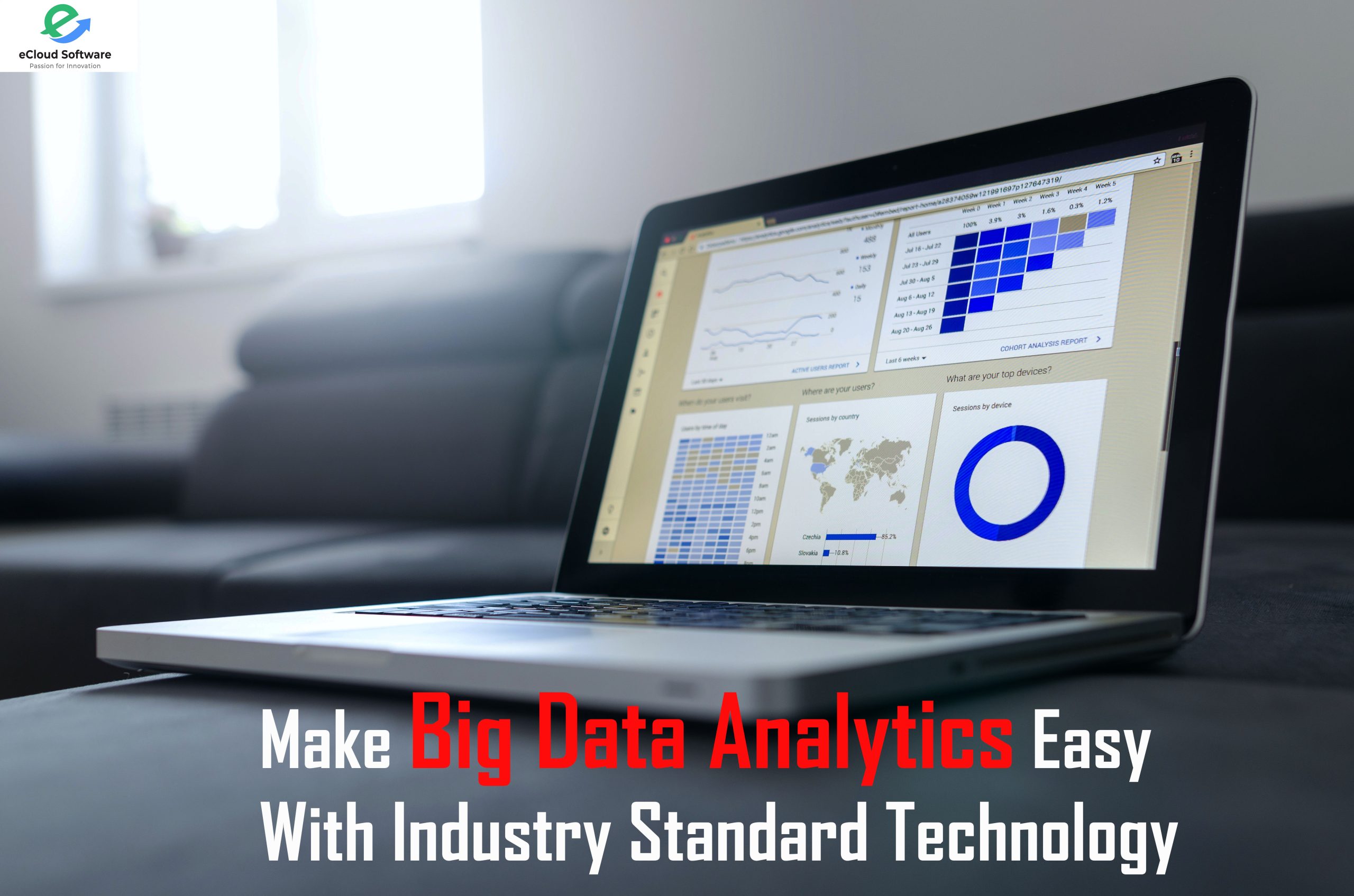Big data analytics is the often complex process of examining big data to uncover information — such as hidden patterns, correlations, market trends and customer preferences — that can help organizations make informed business decisions.
On a broad scale, data analytics technologies and techniques give organizations a way to analyze data sets and gather new information. Business intelligence (BI) queries answer basic questions about business operations and performance.
Big data analytics is a form of advanced analytics, which involve complex applications with elements such as predictive models, statistical algorithms and what-if analysis powered by analytics systems.
How does big data analytics work?
Data analysts, data scientists, predictive modelers, statisticians and other analytics professionals collect, process, clean and analyze growing volumes of structured transaction data as well as other forms of data not used by conventional BI and analytics programs.
Here is an overview of the four steps of the big data analytics process:
- Data professionals collect data from a variety of different sources. Often, it is a mix of semi-structured and unstructured data. While each organization will use different data streams, some common sources include:
- internet clickstream data;
- web server logs;
- cloud applications;
- mobile applications;
- social media content;
- text from customer emails and survey responses;
- mobile phone records; and
- machine data captured by sensors connected to the internet of things (IoT).
- Data is prepared and processed. After data is collected and stored in a data warehouse or data lake, data professionals must organize, configure and partition the data properly for analytical queries. Thorough data preparation and processing makes for higher performance from analytical queries.
- Data is cleansed to improve its quality. Data professionals scrub the data using scripting tools or data quality software. They look for any errors or inconsistencies, such as duplications or formatting mistakes, and organize and tidy up the data.
- The collected, processed and cleaned data is analyzed with analytics software. This includes tools for:
- data mining, which sifts through data sets in search of patterns and relationships
- predictive analytics, which builds models to forecast customer behavior and other future actions, scenarios and trends
- machine learning, which taps various algorithms to analyze large data sets
- deep learning, which is a more advanced offshoot of machine learning
- text mining and statistical analysis software
- artificial intelligence (AI)
- mainstream business intelligence software
- data visualization tools
Why is big data analytics important?
Organizations can use big data analytics systems and software to make data-driven decisions that can improve business-related outcomes. The benefits may include more effective marketing, new revenue opportunities, customer personalization and improved operational efficiency. With an effective strategy, these benefits can provide competitive advantages over rivals. Big data has become increasingly beneficial in supply chain analytics. Big supply chain analytics utilizes big data and quantitative methods to enhance decision-making processes across the supply chain. Specifically, big supply chain analytics expands data sets for increased analysis that goes beyond the traditional internal data found on enterprise resource planning (ERP) and supply chain management (SCM) systems. Also, big supply chain analytics implements highly effective statistical methods on new and existing data sources.
